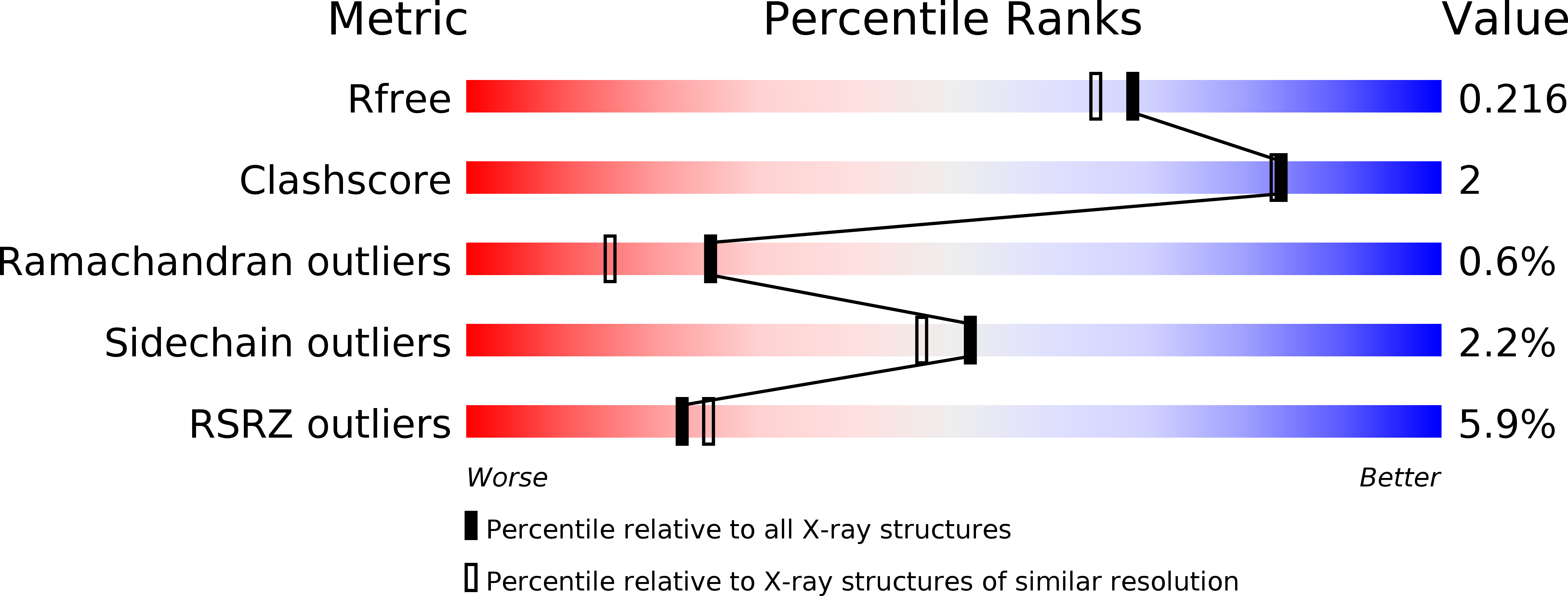
Deposition Date
2019-09-21
Release Date
2020-03-18
Last Version Date
2023-10-11
Method Details:
Experimental Method:
Resolution:
1.90 Å
R-Value Free:
0.20
R-Value Work:
0.17
R-Value Observed:
0.17
Space Group:
P 1 21 1


